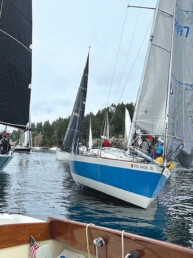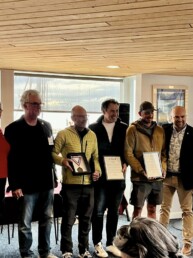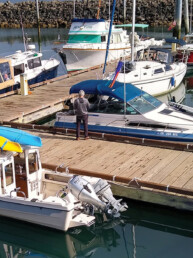These sad times have introduced a new terminology to the public called “social distancing,” but this is not a new concept to mariners familiar with the Navigation Rules. We call it “close-quarters.” Its goal is precisely the same vessel-to-vessel as it is person-to-person: to prevent harm by not getting too close to each other.
The definition is the same in both applications. We want to define a space around us within which our own safety is under our own control. If we let the other get closer, vessel or human, we are not protected against a sudden, unexpected maneuver of the other. Our close quarters or social distance is our safety zone wherein we can control our fate with our own maneuver and not be dependent on the other vessel or human.
The Navigation Rules effectively instructs us not to let any approaching vessel into our close quarters. The term appears explicitly in Rule 8, Action to Avoid a Collision, and in Rule 19, Conduct of Vessels in Restricted Visibility, but it is also implied in Rule 17, Action of the Stand-on Vessel that instructs us to maneuver if the other vessel is “not taking appropriate action,” which means, among other things, is getting so close we could not avoid a collision by our own maneuver.
The dimensions and shape of close quarters amongst vessels is not defined in the Navigation Rules but has been addressed in numerous court cases. Going slow in a narrow channel, it could be yards; at high speeds in the open ocean, it is more often thought of in miles. And it depends on the vessels involved. It is the knowledge and prudence of the skipper to determine the extent of their own close quarters in various circumstances.
David Burch
David Burch is the owner and courses director of the Starpath School of Navigation. An author and authority on weather and navigation, he has more than 70,000 miles of ocean experience ranging from the Arctic ice edge to Tahiti and Australia in the Pacific and from New York to Panama in the Atlantic.






